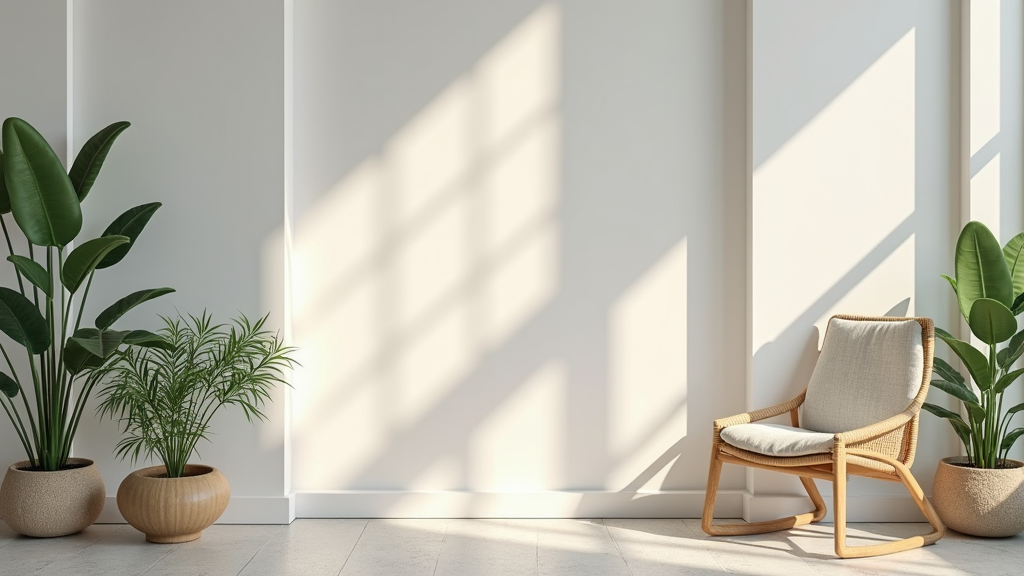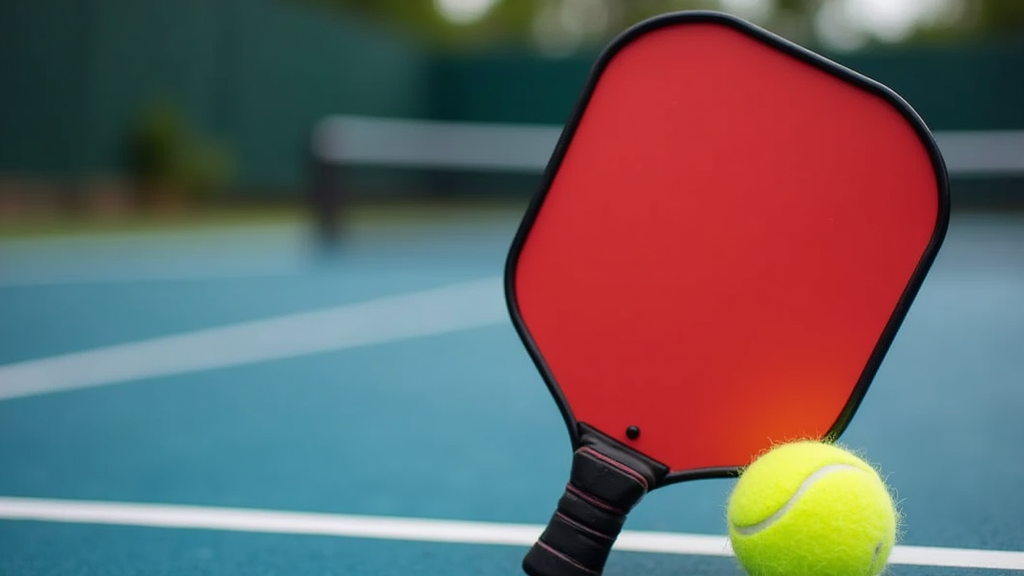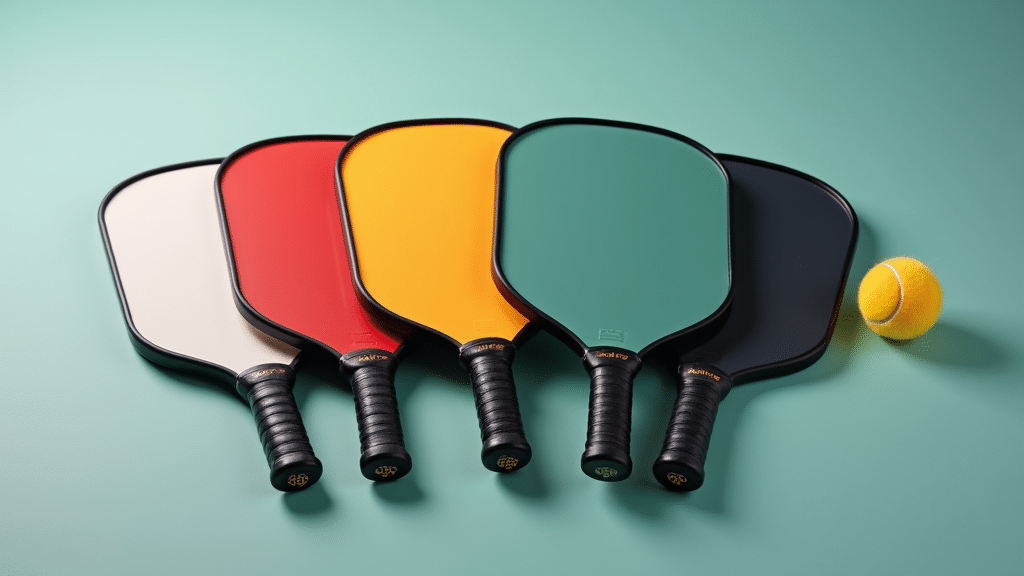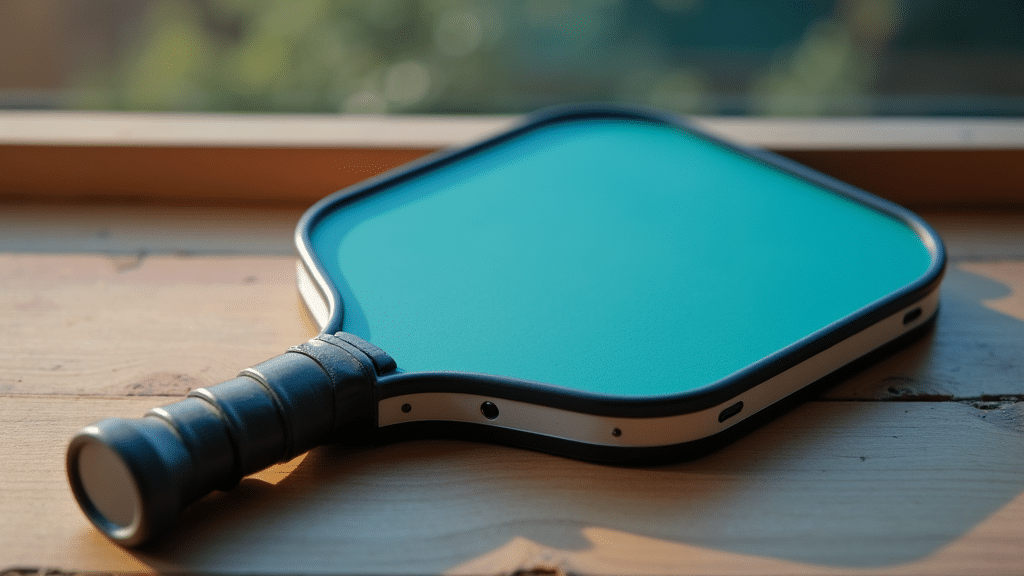Table of Contents
Introduction

Overview and Importance
Pickleball has exploded in popularity in recent years, becoming one of the fastest-growing sports in the United States. Recent data shows that over 4.8 million people are now playing pickleball, a testament to its accessibility and engaging nature. With this surge in participation, the equipment market, particularly pickleball paddles, has also seen tremendous growth. Selecting the right paddle is crucial, not only for enhancing your performance on the court but also for minimizing the risk of injuries. A well-suited paddle can improve your control, power, and overall enjoyment of the game.
This guide aims to provide you with comprehensive, unbiased reviews and expert advice to navigate the complex world of pickleball paddles. We’ll delve into the key features, technologies, and considerations that will help you make an informed decision and choose the perfect paddle for your needs.
Background
Pickleball’s history dates back to 1965, when it was invented on Bainbridge Island, Washington. Initially played with simple wooden paddles and a perforated plastic ball, the sport has undergone significant evolution. The paddles, once rudimentary pieces of wood, have transformed into sophisticated instruments crafted from advanced composite materials. This evolution has dramatically impacted the game, allowing for greater power, control, and spin.
Recent advancements in paddle technology have focused on core materials, surface textures, and shape variations. Paddle cores now utilize materials like polymer, Nomex, and aluminum, each offering different characteristics in terms of weight, feel, and power. Surface textures have also become increasingly important, with manufacturers experimenting with various coatings and patterns to enhance spin potential. Furthermore, paddle shapes are evolving to optimize the sweet spot and improve maneuverability. Understanding these advancements is key to selecting a paddle that aligns with your playing style and goals.
What You’ll Learn
In this guide, you’ll gain a thorough understanding of the various components of a pickleball paddle and how they impact your gameplay. We’ll break down the intricacies of core materials, surface textures, handle grips, and paddle shapes, explaining how each element contributes to overall performance.
You’ll also learn how to choose the right paddle based on your skill level, playing style, and personal preferences. Whether you’re a beginner looking for a forgiving paddle or an advanced player seeking maximum power and control, we’ll provide tailored recommendations to help you find the perfect match.
Finally, we’ll offer insights into some of the top pickleball paddle models currently available on the market. We’ll examine their specific features, performance characteristics, and pros and cons, giving you the knowledge you need to make a confident and informed purchase.
Understanding the Basics
Fundamental Concepts
Before diving into the world of pickleball paddles, it’s crucial to grasp some fundamental concepts. Understanding these key definitions and core principles will provide a solid foundation as you explore different paddle options and refine your playing style.
Let’s start with key definitions:
- Core:The inner material of the paddle, influencing its weight, power, and feel.
- Face:The outer surface of the paddle, responsible for contacting the ball and imparting spin.
- Grip:The material wrapped around the handle, providing comfort and control.
- Weight:The overall mass of the paddle, impacting swing speed and maneuverability.
- Balance:The distribution of weight within the paddle, affecting its feel and responsiveness.
- Sweet Spot:The area on the paddle face that provides the most consistent and powerful response.
Now, let’s consider the core principles that govern paddle performance:
- Power:The ability of the paddle to generate force and drive the ball deep into the opponent’s court.
- Control:The precision and accuracy the paddle offers in placing the ball exactly where you intend.
- Spin:The paddle’s capacity to impart rotation on the ball, influencing its trajectory and bounce.
- Maneuverability:How easily the paddle can be moved and positioned, crucial for quick reactions and net play.
Essential Components
A pickleball paddle may seem simple, but its construction involves several essential components, each contributing to its overall performance. Let’s break down these elements and the key features to consider.
Every paddle has these required elements:
- Handle:The part of the paddle you grip, providing connection and control.
- Face:The surface that strikes the pickleball, determining the feel and spin.
- Edge Guard:A protective strip around the paddle’s perimeter, enhancing durability.
- Core:The inner layer of the paddle, affecting weight, power, and control.
Key features to consider can be broken down into primary and secondary aspects. Primary aspects include:
- Core Material:
- Face Material:
- Weight:
- Polymer Honeycomb:A popular choice, offering a good balance of power and control.
- Nomex:A strong and durable material, often used in high-performance paddles.
- Aluminum:Provides excellent power and responsiveness but can be less forgiving.
- Graphite:Lightweight and provides good control and feel.
- Composite:A blend of materials, offering a customizable balance of power and control.
- Carbon Fiber:Stiff and responsive, providing excellent power and spin potential.
- Lightweight (7.3 oz or less):Offers excellent maneuverability and quick reactions.
- Mid-weight (7.3-8.0 oz):A balanced option, providing a good blend of power and control.
- Heavyweight (8.0 oz+):Delivers maximum power and stability but can be less maneuverable.
Secondary aspects to consider include:
- Grip Size:
- Paddle Shape:
- Edge Guard:
- Standard (4 1/4″):A common size that fits most hands.
- Small (4 1/8″):Suitable for players with smaller hands.
- Large (4 3/8″):Designed for players with larger hands.
- Standard:Offers a balanced feel and versatile performance.
- Elongated:Provides an extended reach and larger sweet spot.
- Wide Body:Offers a larger hitting surface and increased forgiveness.
- Material and thickness impact durability and weight. A thicker edge guard offers more protection but can add weight.
Important variations to be aware of:
- Handle Length:
- Surface Texture:
- Core Thickness:
- Short:Offers quick maneuverability.
- Medium:A standard length that suits most players.
- Long:Designed for players who use two-handed backhands.
- Smooth:Provides a consistent feel and predictable ball response.
- Textured:Enhances spin potential by gripping the ball more effectively.
- Impacts power and control. A thicker core generally provides more power, while a thinner core offers more control.
Detailed Guide

Paddle Review Methodology
Our paddle reviews are built on a foundation of thorough testing and unbiased assessment. We believe that the best way to evaluate a pickleball paddle is to put it in the hands of real players, across a range of skill levels, and observe its performance in actual gameplay.
- Player-tested reviews: Each paddle undergoes a minimum of two weeks of rigorous testing by our team of experienced pickleball players.
- Unbiased assessments: We maintain strict editorial independence. Our reviews are not influenced by brand affiliations or paid endorsements, ensuring you receive honest and objective information.
- Diverse player feedback: We gather insights from players of all skill levels, from beginners to advanced competitors, to provide a comprehensive understanding of each paddle’s strengths and weaknesses.
- Performance-based opinions: Our evaluations are based solely on gameplay performance, focusing on factors such as power, control, spin, feel, and overall playability.
Top Paddle Reviews
Based on our extensive testing, here are some of the top pickleball paddles currently available, catering to a variety of playing styles and budgets:
- Model: Selkirk Sport Amped S2
- Model: Niupipo Graphite Pickleball Paddle and Cover
- Model: Onix Z5
- Model: Franklin Sports Signature Series Pickleball Paddle
- Model: JOOLA Hyperion CFS 16
- Model: Selkirk Sport AMPTED Invikta
- Model: Recess Vista Pickleball Paddle
Model: Selkirk Sport Amped S2
- Features:Large surface area, medium thickness handle, available in various colors.
- Expert Recommendations:USA Pickleball Association approved, great for beginners, consistent shots, medium-heavy weight (approx. 7.9-8.3 oz).
- Price:Mid-range
Model: Niupipo Graphite Pickleball Paddle and Cover
- Features:Graphite face, honeycomb core, lightweight (approx. 7.8 oz), often available in sets.
- Price:Affordable
- Longevity Note:May require upgrading for advanced play.
Model: Onix Z5
- Features:Under $100, large body shape, large sweet spot, graphite paddle, tennis racket-style handle.
- Feedback:Great control and ball power, lightweight (approx. 7.5-8.2 oz), multiple color options.
Model: Franklin Sports Signature Series Pickleball Paddle
- Features:Textured surface, special grip technology, oversized sweet spot.
- Price:Pricier
- Optimal forpower play.
Model: JOOLA Hyperion CFS 16
- Features:Carbon-forged handle, carbon friction surface head for enhanced swing, speed, and spin.
- Price:Expensive
- Tailored foradvanced play.
Model: Selkirk Sport AMPTED Invikta
- Features:Longer handle, designed for aggressive players, ideal for two-handed backhand shots.
- Price:Higher cost
- Caters toaggressive play with extra reach and spin.
Model: Recess Vista Pickleball Paddle
- Features:Unique patterns, comfortable grip, lightweight (approx. 7.8-8.0 oz).
- Usage:Best for casual play, often available in sets.
Emerging Paddle Technologies and Brands
The pickleball paddle market is constantly evolving, with new technologies and brands emerging regularly. Here are a few noteworthy developments:
- [Brand A] utilizes foam core technology for improved durability and intuitive play, positioning itself as potentially innovative for future paddle core designs.
- [Brand B] has garnered attention in online forums as a newer brand making a mark. We’ve been following their progress and significant events in 2024 impacting the brand.
- [Brand C] continues to attract attention for its design and performance, emphasizing controlled power without uncontrolled shots.
- [Brand D] is rapidly expanding its paddle offerings, showing quick growth within its first year.
- [Brand E] is recognized for being the first to introduce significant innovations in late 2023.
- [Brand F] is positioned as a performance entry-level paddle.
Additional Considerations
Beyond specific paddle models, there are several other factors to consider when choosing the right paddle for you:
- Paddle Fitting Quiz:Utilize quizzes to determine the best paddle choice based on your playing style and preferences.
- Expert Recommendations:Consult recommended selections based on completed reviews, like the ones above.
- Injury Prevention:Choose paddles with appropriate grip size, weight, and swing weight to minimize the risk of tennis elbow and other injuries.
- Maintenance:Regularly wipe the paddle face with water to prevent dirt accumulation, ensuring optimal performance and longevity.
Making Your Selection
Selecting the perfect pickleball paddle is a personal journey. By carefully considering materials, weight, core type, game level, cost, style, and your own playing preferences, you can find a paddle that enhances your performance and enjoyment of the game. Don’t hesitate to read reviews, get recommendations, and demo paddles whenever possible to make an informed decision.



